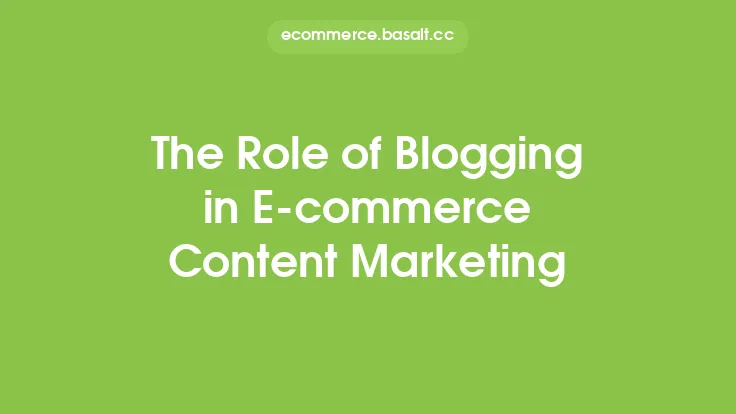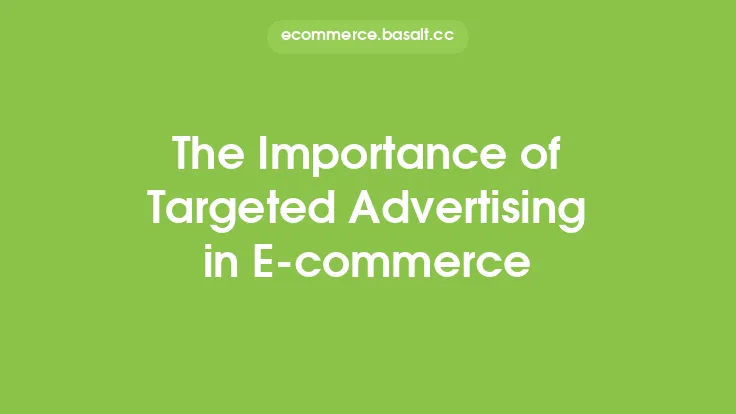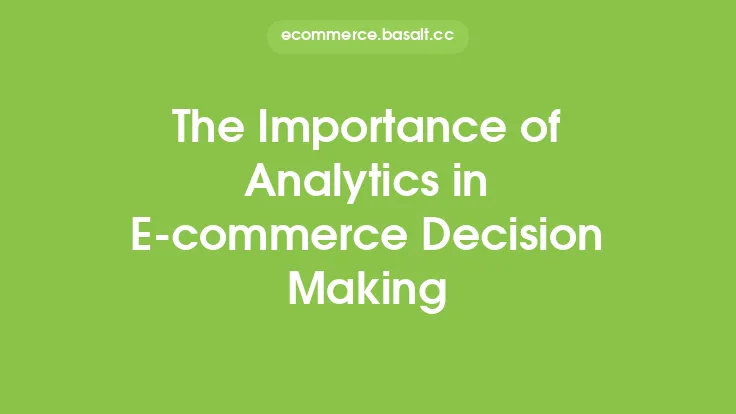Consistency is a crucial element in any successful e-commerce content marketing strategy. It refers to the regularity and dependability of the content being published, as well as the tone, style, and quality of the content itself. Consistency helps to build trust and credibility with the target audience, establishes the brand as an authority in the industry, and ultimately drives sales and revenue. In this article, we will explore the importance of consistency in e-commerce content marketing and provide tips on how to achieve it.
Understanding the Benefits of Consistency
Consistency in e-commerce content marketing has numerous benefits. For one, it helps to build trust and credibility with the target audience. When customers know what to expect from a brand in terms of content, they are more likely to engage with it and become loyal followers. Consistency also helps to establish the brand as an authority in the industry, which can lead to increased sales and revenue. Furthermore, consistency helps to improve brand recognition and awareness, making it more likely that customers will remember the brand and recommend it to others.
Creating a Content Calendar
One of the most effective ways to achieve consistency in e-commerce content marketing is to create a content calendar. A content calendar is a plan that outlines the content that will be published, the date and time it will be published, and the channel it will be published on. This can include social media posts, blog articles, email newsletters, and more. By planning out content in advance, businesses can ensure that they are consistently publishing high-quality content that resonates with their target audience. A content calendar can also help to prevent last-minute scrambles to come up with content, which can lead to low-quality or inconsistent content.
Developing a Unique Tone and Style
Another important aspect of consistency in e-commerce content marketing is developing a unique tone and style. This refers to the voice and personality of the brand, as well as the language and terminology used. A consistent tone and style help to create a recognizable brand identity and make the content more engaging and relatable. To develop a unique tone and style, businesses should consider their target audience, industry, and brand values. They should also ensure that all content creators are on the same page and understand the tone and style that the brand is aiming for.
Utilizing Repurposed Content
Repurposed content is another effective way to achieve consistency in e-commerce content marketing. Repurposed content refers to content that has been created for one purpose, but is then used for another purpose. For example, a blog article can be repurposed into a social media post, or a video can be repurposed into a podcast. Repurposed content helps to reduce the workload of creating new content, while also ensuring that the content is consistent and high-quality. Businesses can repurpose content by using different formats, such as turning a blog article into an infographic, or by using different channels, such as turning a social media post into an email newsletter.
Measuring and Optimizing Consistency
Finally, it's essential to measure and optimize consistency in e-commerce content marketing. This can be done by tracking metrics such as engagement rates, website traffic, and sales. Businesses can also use analytics tools to track the performance of their content and identify areas for improvement. By measuring and optimizing consistency, businesses can ensure that their content marketing strategy is effective and achieving its goals. They can also identify areas where they need to improve, such as increasing the frequency of their posts or using more engaging headlines.
Best Practices for Achieving Consistency
There are several best practices that businesses can follow to achieve consistency in e-commerce content marketing. First, they should define their target audience and create content that resonates with them. They should also develop a unique tone and style that reflects their brand identity. Additionally, businesses should create a content calendar to plan out their content in advance and ensure that it is consistently published. They should also utilize repurposed content to reduce the workload of creating new content and ensure that it is high-quality. Finally, businesses should measure and optimize their consistency by tracking metrics and using analytics tools.
Overcoming Common Challenges
Despite the importance of consistency in e-commerce content marketing, there are several common challenges that businesses may face. One of the most significant challenges is creating high-quality content on a consistent basis. This can be time-consuming and require significant resources. Another challenge is ensuring that the content is engaging and resonates with the target audience. To overcome these challenges, businesses can use tools such as content calendars and analytics software to streamline their content creation process and track the performance of their content. They can also outsource their content creation to freelancers or agencies if they don't have the resources to create high-quality content in-house.
Conclusion
In conclusion, consistency is a crucial element in any successful e-commerce content marketing strategy. It helps to build trust and credibility with the target audience, establishes the brand as an authority in the industry, and ultimately drives sales and revenue. By creating a content calendar, developing a unique tone and style, utilizing repurposed content, measuring and optimizing consistency, and following best practices, businesses can achieve consistency in their e-commerce content marketing. While there may be common challenges to overcome, the benefits of consistency make it an essential aspect of any e-commerce content marketing strategy. By prioritizing consistency, businesses can create a loyal following, drive sales and revenue, and establish themselves as leaders in their industry.





